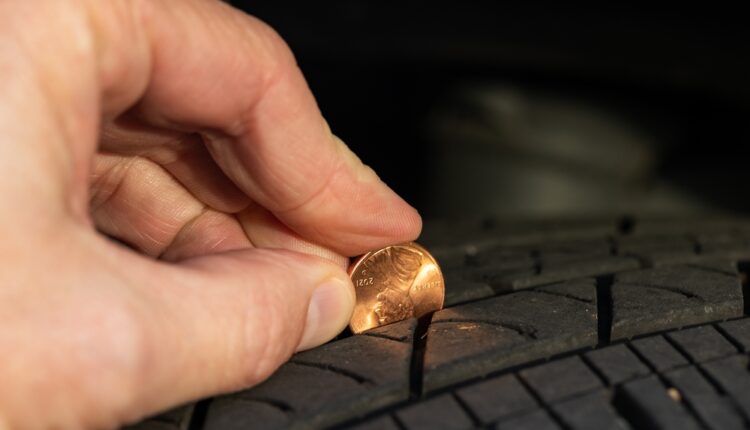How to Check Tire Tread Depth: A Simple Guide
Your car’s tire tread plays a crucial role in maintaining grip, stability, and safety on the road. Over time, the tire tread wears down, reducing its ability to perform effectively, especially in wet or slippery conditions. To regularly check tire tread depth is a simple yet essential step in ensuring your tires are safe and roadworthy. This guide will show you how to quickly and accurately check tire tread depth.
Why Tire Tread Depth Is Important
Tire tread is designed to channel water, improve traction, and enhance braking performance. As the tread wears down, your tires lose their ability to grip the road properly, increasing the risk of skidding and hydroplaning.
In most regions, the legal minimum tread depth is 2/32 of an inch (1.6 mm). However, replacing your tires when the tread reaches 4/32 of an inch (3 mm) ensures better safety and performance, especially in wet conditions.
Methods to Check Tire Tread Depth
The Penny Test
The penny test is a quick and easy way to gauge your tire tread depth using a common coin:
- Insert a penny into the tire’s tread groove with the figure’s head facing down.
- Observe how much of the figure’s head is visible. If you can see the top of the figure’s head, your tread depth is below 2/32 of an inch, and it’s time to replace the tire. If part of the figure’s head is covered, your tread depth is still sufficient.
This method is simple and requires no special tools, making it a go-to option for quick inspections.
Use a Tread Depth Gauge
For a more precise measurement, use a tread depth gauge, a small, affordable tool available at auto parts stores:
- Insert the gauge’s probe into the tread groove.
- Press the base of the gauge flat against the tire’s surface.
- Read the measurement displayed on the gauge.
This tool provides an accurate tread depth reading, ensuring you know exactly how much life your tires have left.
Check Tire Tread Depth Wear Indicators
Modern tires are equipped with built-in tread wear indicators. These are small, raised bars located within the tread grooves. When the tread wears down to the level of these bars, it indicates that the tire has reached the legal minimum tread depth and needs to be replaced.
When to Check Tire Tread Depth
- Monthly Inspections: Check your tread depth at least once a month as part of regular car maintenance.
- Before Long Trips: Inspect your tires before any road trip to ensure they are in good condition.
- Seasonal Changes: Perform a tread depth check when transitioning to seasons with rain or challenging road conditions.
Tips for Prolonging Tread Life
- Maintain Proper Tire Pressure: Keeping your tires inflated to the recommended levels helps ensure even wear and optimal performance.
- Rotate Tires Regularly: Rotating your tires every 8,000–10,000 kilometers promotes even wear across all tires.
- Ensure Proper Alignment: Misaligned wheels can cause uneven tread wear, reducing tire life.
- Drive Smoothly: Avoid aggressive driving habits, such as hard braking and sudden acceleration, which can accelerate tread wear.
Conclusion
Checking your tire tread depth is a straightforward process that plays a vital role in keeping you safe on the road. Whether you use the penny test, a tread depth gauge, or rely on built-in indicators, regular inspections help ensure your tires are in top condition. By staying proactive and replacing tires before they become unsafe, you can enjoy a safer, smoother, and more efficient driving experience.

